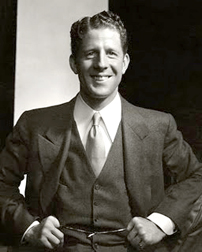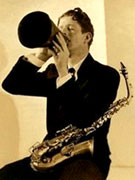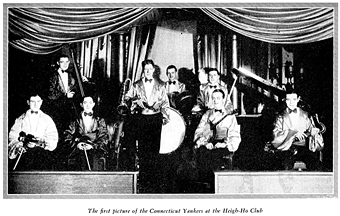Here are 10 things you should know about Rudy Vallée, born 120 years ago today. One of the earliest teen idols, he went on to enjoy success as a recording artist, in radio, movies and TV, and on Broadway.
We’re featuring Vallée’s music all day today on Cladrite Radio, so why not tune in now?



